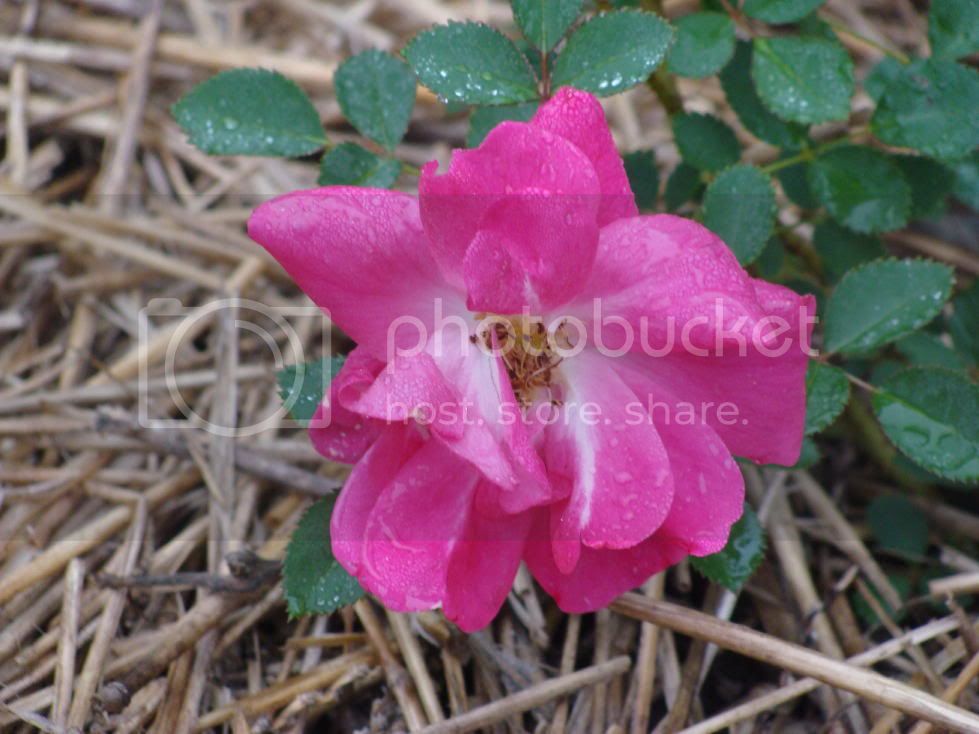I have several seedlings from a 2007 Chuckles x Maidens Blush cross. One of them has bloomed several times this year. I know it shouldn’t happen, but has anyone gotten a repeat bloom seedling using Maidens Blush? I had trouble getting MB’s pollen to release last year, so it is possible that this seedling is from another pollen. I don’t think it is a self because Chuckles is single and all selfs should be single as well. All of my Chuckles OP seedlings look just like Chuckles.
Often, with “difficult” crosses you will find that apomixis occurs and the pollen parents genes are discarded entirely. I suspect your seedling is either apomictic or a selfing.
Thanks Paul,
I didn’t think of an apomictic seedling, that certainly is a possibility.
Paul
Hi Paul,
my seedlings of the cross Scarborough Fair X Small Maiden`s Alba are repeat bloomers.
I`m wondering what
There are different kinds of apomixis. In one kind, a normal gamete produces an embryo without fertilization. This results in a haploid plant that doesn’t get any genes from the father, but that may be different from the mother because it lacks half of the mother’s genes.
In another kind of apomixis, there is a failure in meiosis that results in a gamete with a full set of maternal chromosomes, and that develops into an embryo without fertilization. This should result in a plant that is identical to the mother because it has all of the mother’s genes, but none of the father’s.
There are other kinds of apomixis, but these are the two that I think would be most common in roses.
If the first kind of apomixis occurred, the seedling should have half the number of chromosomes as its mother. If the second kind occurred, the seedling should be identical to its mother. I would guess that the first kind of apomixis would be less common in hybrid roses than the second. However, I occasionally get a seedling that I think might be apomictic, but that isn’t identical to the mother. I doubt that the seedling has half the chromosomes, although I’d need to count chromosomes to be sure. Perhaps there is some source of variation in apomictic seedlings of the second kind; perhaps some chromosomes from the father, or perhaps jumping genes like those in Indian Corn.
There has only been one study of apomixis in roses that I know of. I haven’t seen the whole article, but the abstract mentions that they “obtained some rose plants with a phenotype identical to that of their female parent”.
When I posted this last year I mistakingly thought this seedling was Chuckles x Maidens Blush. Sometime later I noticed that it really was Morden Centennial OP x Chuckles. That would explain the juvenille bloom as both are repeat blooming parents.
I got my Maidens Blush from a nursery in Canada that specialises in bare root roses. Mine came potted in a container, so they may have gotten it from another nursey. According to their catalog they sell Great Maidens Blush, but since it may have came from a different source, who knows what it is. It is only two years old and it has suffered winter dieback the past two winters. So it’s not very big and I can’t tell which it is by it’s size.
Over here Small Maidens Blush and Duchesse de Montebello are considered two different plants, the first is an Alba and the latter is a Gallica with a very differnt growth habit.
Hi Andrea,
I see on HMF that some people believe that Small Maidens Blush is mixed up in commerce with Duchesse de Montebello. If that is the case then it could be possible what you really have is Duchesse de Montebello and not Small Maidens Blush.
If DdM really is a Hybrid China then it could have one or two genes for repeat bloom and when crossed with another repeat blooming plant there is chance for getting repeat blooming offspring. I don
I grow ‘Duchesse de Montebello’ from Pickering and I believe it is correctly identified. It looks like a Gallica/China cross and is not at all similar to my ‘Great Maiden’s Blush’. No idea if its the same rose Austin used in breeding, but I have never had any repeat blooming seedlings from it. It does breed some beautiful roses though, often with superior bloom form and excellent disease resistance.
Paul